Section 1: Understanding the ACT’s Renewable Energy Targets
The Australian Capital Territory (ACT) has set ambitious renewable energy targets as part of its commitment to combating climate change and transitioning to a sustainable energy future. The ACT Government aims to achieve 100% renewable electricity by 2025, a goal that places it at the forefront of renewable energy adoption in Australia. This target is part of the ACT’s broader Climate Change Strategy, which focuses on reducing greenhouse gas emissions and promoting clean energy technologies. According to the ACT Government’s official website, these targets are not only environmentally driven but also economically beneficial, as they create jobs and attract investment in the renewable energy sector. For more detailed information, visit the ACT Government’s renewable energy page: https://www.environment.act.gov.au/energy/renewable-energy.
The ACT’s renewable energy targets are supported by a range of initiatives, including large-scale solar and wind projects, as well as programs to encourage household solar adoption. The government has also implemented feed-in tariffs and incentives for battery storage systems, making it easier for residents to participate in the renewable energy transition. These efforts have already yielded significant results, with the ACT sourcing over 90% of its electricity from renewable sources as of 2023. For more information on the ACT’s progress toward its renewable energy goals, visit: https://www.environment.act.gov.au/energy/renewable-energy.
Section 2: How Residents Benefit from the ACT’s Renewable Energy Transition
Residents of the ACT are reaping numerous benefits from the territory’s renewable energy transition. One of the most immediate advantages is the reduction in energy bills. By generating electricity from renewable sources like solar and wind, the ACT has been able to stabilize and even lower electricity prices for households and businesses. Additionally, the government’s feed-in tariff program allows residents with solar panels to earn money by exporting excess energy back to the grid. According to the ACT Government, these financial incentives have encouraged thousands of households to install solar panels, further driving the territory’s renewable energy adoption. For more details on how residents can benefit from these programs, visit: https://www.environment.act.gov.au/energy/renewable-energy.
Another significant benefit is the improvement in air quality and public health. By reducing reliance on fossil fuels, the ACT has significantly lowered its carbon emissions, leading to cleaner air and a healthier environment for residents. The government has also introduced programs to support low-income households in accessing renewable energy technologies, ensuring that the benefits of the transition are shared equitably. For example, the ACT’s Sustainable Household Scheme provides interest-free loans for energy-efficient upgrades, including solar panels and battery storage systems. For more information on these programs, visit: https://www.environment.act.gov.au/energy/renewable-energy.
Section 3: The Future of Renewable Energy in the ACT
The ACT’s renewable energy targets are just the beginning of its long-term vision for a sustainable future. The government is now focusing on achieving net-zero emissions by 2045, which will require further innovation and investment in clean energy technologies. One of the key areas of focus is the development of hydrogen energy, which has the potential to replace fossil fuels in industries like transportation and manufacturing. The ACT Government is also exploring the use of virtual power plants (VPPs), where multiple households with solar panels and battery storage systems are connected to form a decentralized energy network. These VPPs can provide additional grid support during periods of high demand, further enhancing energy reliability. For more information on the ACT’s future renewable energy plans, visit: https://www.environment.act.gov.au/energy/renewable-energy.
Another exciting development is the integration of smart grid technologies, which enable more efficient energy distribution and consumption. The ACT is also investing in community energy projects, where residents can collectively own and manage renewable energy assets like solar farms. These initiatives not only empower residents but also strengthen the territory’s energy resilience. For more details on these future trends, visit: https://www.environment.act.gov.au/energy/renewable-energy.

Solar Financing with Fundd and Solar Superstore: Your Path to Affordable Solar


Switching to solar has never been easier with Solar Superstore and Fundd. Together, we offer flexible and accessible financing solutions tailored to your needs, helping you power your home with renewable energy without the upfront cost. Fundd's innovative solar financing options enable you to spread payments over time, while Solar Superstore provides high-quality solar panels, inverters, and battery systems at competitive prices.
With this partnership, you can enjoy lower energy bills, increased energy independence, and a smaller carbon footprint—starting today. Whether you're upgrading your existing solar setup or going solar for the first time, Solar Superstore and Fundd are here to make renewable energy affordable and hassle-free.
Click here and start saving today!
Shop Solar at Solar Superstore


Get top-quality solar panels, inverters, and batteries at unbeatable prices. Compare trusted brands, enjoy fast delivery, and power your home sustainably. Solar Superstore makes going green easy and affordable.
Click here and save!
